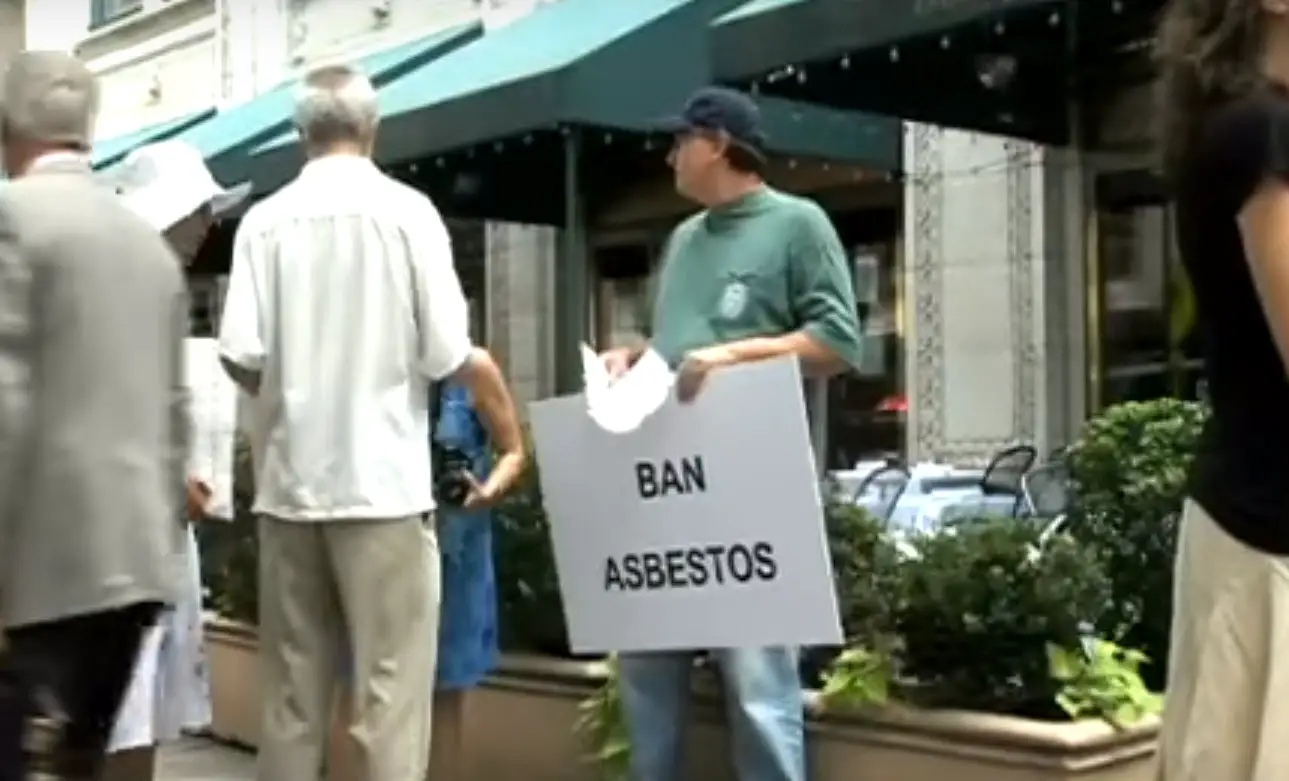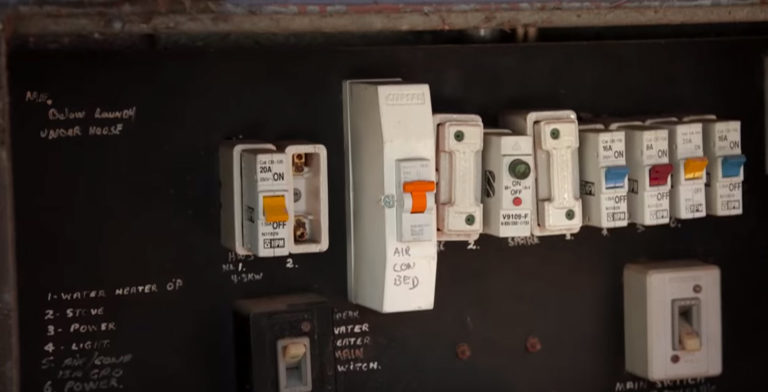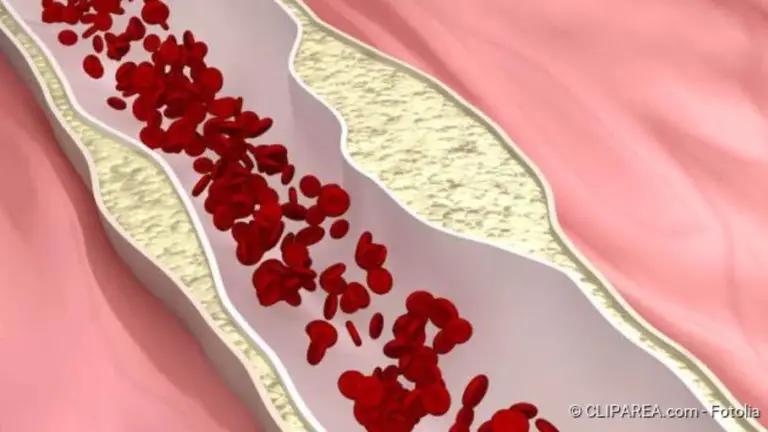Mesothelioma Treatment Options: Surgery, Chemotherapy, And Radiation
Mesothelioma Treatment Options
The mesothelioma treatment remained to be, up to this day, one of the biggest challenges in the field of oncology.
Having in mind that the first symptoms are the symptoms of a late-stage carcinoma, the prognosis for malignant mesothelioma is rather poor and the mesothelioma treatment undertaking is also affected afterwards.
New medical approaches brought a glimpse of hope for mesothelioma patients- those who are still in a latency period.
After asbestos exposure (the leading risk factor for malignant mesothelioma), it takes up to approximately forty years before the disease enters the symptomatic phase.
Because of this, and the fact that asbestos is still used in developing countries as a building material, being the United States one of the few developed countries where it is not prohibited, the increase of malignant mesothelioma incidence is expected in the upcoming decades.
Depending on the patient’s condition different mesothelioma treatment modalities are used. Typically, the mesothelioma treatment consists of surgery, chemotherapy and radiation therapy.
Surgical Mesothelioma Treatment
The surgery is essential not only in the mesothelioma treatment but its staging and diagnosing as well. Just like in case of any other carcinoma, the final staging and diagnosing are done after the surgical mesothelioma treatment, based on the samples collected. Unfortunately, not all patients can undergo surgery- in some cases, the disease spread too much, whereas, in others, the overall health condition of a patient is not good enough to carry out the surgery. Therefore, this mesothelioma treatment should be discarded in these cases.
The goal of surgery is complete removal of the tumor. The most widely used techniques are pleurectomy/decortication (P/D) and extrapleural pneumonectomy (EPP).
Pleurectomy / decortication (P/D)
The P/D is not a standardized technique. It varies depending on the surgeon’s assessment or the mesothelioma treatment center approach.
General information about the P/D procedure as a mesothelioma treatment
After the initial assessment by an anesthesiologist, internal medicine specialist and surgeon, the function of the unaffected lung is examined (just in the case that the extrapleural pneumonectomy (EPP) is necessary because cancer spread more than imaging diagnostic revealed). Also, all required diagnostic tests are made (CT, X-ray, laboratory tests, etc.). The procedure is performed under general anesthesia and can last for several hours (removing the lining around the lungs- visceral pleura, which can be time-consuming).
With the help of supportive therapy (chemotherapy, radiation therapy, etc.), for the right patients, P/D is a better solution than EPP. Having in mind the perioperative mortality rates and other “safety” parameters of EPP and P/D, it’s no wonder why P/D is becoming increasingly popular among surgeons as a mesothelioma treatment.
Although the incision used in this procedure is one of the biggest standardized incisions in surgery (thoracotomy), the recovery in the hospital lasts 7-10 days. During this time, the patient is closely monitored for complications (most often air leakage into the chest cavity). The complete recovery may take 1-2 months. In some cases, pulmonary rehabilitation is needed to lessen the symptoms.
According to the research studies, long survival times after the P/D correspond with multimodal therapy. It means that using more than one mesothelioma treatment approach (other than surgery, chemotherapy, radiation, and immunotherapy are used as well) leads to a longer survival time. For example, adjuvant therapy can prevent relapse for a significant amount of time and in some cases, several years.
Extrapleural pneumonectomy (EPP)
The EPP has been standardized among surgeons as a mesothelioma treatment. It is a very extensive surgical procedure that includes the removal of virtually all organs of the chest on the affected side. During the operation, the following structures are removed:
– Entire lung (notice that the lung is spared in P/D);
– The membrane that wraps the lung (visceral pleura) and the one that envelops the chest cavity from the inside (parietal pleura);
– Pericardium- the membrane that encloses the heart;
– A part of the diaphragm- under the affected lung.
General information about the EPP procedure
The first thing doctors want to make sure is that the remaining lung is strong enough to support the body’s respiratory function.
Further assessment by internal medicine specialists and anesthesiologists is made routinely (just like in case of any other general anesthesia major surgery).
Before the surgery, additional diagnostic tests are made, such as CT, X-ray, and laboratory testing (broad-spectrum testing) to assess how much cancer has spread.
The procedure is performed under general anesthesia. Through the incision that is 9 to 10 inches long (about 25 centimeters), the surgeon checks the chest cavity, removes the cancerous lung and other structures (parietal and visceral pleura, pericardium, lymph nodes and part of a diaphragm).
Recovering takes time. In the first few days, the patient breathes with the help of respirator and drainage tubes are used to evacuate all the fluid that may collect inside the chest cavity. The hospital recovery phase lasts for at least two weeks. The full recovery lasts up to two months, and quite often a lot longer. It takes up to six months for the remaining lung to take over the respiratory function entirely. Some patients have a low tolerance for physical effort and report shortness of breath even after six months after surgery.
The decision about the surgical technique is based on how much the mesothelioma has spread. Available diagnostic tools cannot reveal with satisfactory precision the extent of tumor spread. That is why the surgeon and his patient enter the operating room not knowing for sure what technique will be used as a mesothelioma treatment. The definitive decision is made during surgery.

The perioperative mortality rate favors P/D over EPP
The perioperative mortality is death, regardless of the reason, during and 30 days after the surgery. It is a very important parameter that health professionals use when assessing the risk to benefit ratio of a particular surgical procedure as a mesothelioma treatment.
It includes intraoperative causes of death (complications that occur during the procedure, such as bleeding) and complications following the surgery (sepsis, pulmonary embolism, shock, neurological complications, renal, liver, heart failure, etc.).
Compared to the EPP, the P/D technique has a lower perioperative mortality rate.
The study published in April 2020 revealed an interesting insight into this matter1.
– EPP mortality rate within 30 days after the surgery was three times higher than after P/D (10.5% compared to 3.1%).
– The complication rate of P/D was 3.8% compared to 24.2% of EPP.
– The unexpected reoperation rate in the EPP group was 9.5% compared to 1.5% in the P/D group.
– Respiratory distress syndrome rate was significantly higher after EPP (8.4%) compared to 0.8% after P/D (those rates are the result of a lung removal in EPP and sparing the lung in P/D technique).
– The sepsis rate was significantly higher in the EPP group as well.
Chemotherapy As A Mesothelioma Treatment
We have covered completely chemotherapy as a mesothelioma treatment in this investigation.
Radiation Therapy As A Mesothelioma Treatment
The radiation therapy is used for malignant mesothelioma treatment in all of its stages, most often in combination with other treatment modalities (surgery and chemotherapy). Its goal is to prevent or limit and improve life expectancy.
Unlike chemotherapy which affects the entire body and all of its cells, well-targeted radiation therapy affects only the desired area reducing chances for the development of side effects.
According to the research studies, radiation therapy as a mesothelioma treatment significantly increases survival rates- depending on the tumor stage it increases the life expectancy for three to five years.
Also, it reduces the risk of mesothelioma local recurrence. By reducing the size of a tumor, radiation therapy alleviates the pain and reduces the tumor pressure to the heart and lungs. More than 60% of patients report pain relief after this mesothelioma treatment. As a palliative therapy, it does not increase the life expectancy, but temporarily improves the quality of life3.
During the surgery, cancer cells can seed to other areas of the body. The seeding phenomena cannot be controlled, but radiation along the incision lines and drain tubes reduce the risk of it. In simple words, seeding causes metastatic disease.
External Beam Radiation Therapy (EBRT)
Just like its name says, the radiation beam directly targets the tumor tissue. Mesothelioma specialist assesses which areas will benefit the most from the therapy and decides where the beam will be directed. It is a noninvasive method. The process of beam guides and radiation dose applied is almost entirely automated- this way the risk of adverse effects is lessened to a minimum.
The most effective type of radiation therapy as a mesothelioma treatment is IMRT (Intensity-modulated radiation therapy)- a 3D beam that can change the strength in certain areas, precisely targeting the tumor tissue and reducing the radiation effects on healthy cells. Compared to conventional radiation technology, IMRT reduces the recurrence risk by almost 60%.
EBRT session lasts a few minutes. Placing the patient in the right position may take longer, though. Typically, five sessions a week are applied, and the entire treatment regimen lasts for a few weeks.
The most common side effects are fatigue and radiation skin burn. Radiation skin burns are very similar to sunburns (actually, sunburns are radiation burns- UV). Radiodermatitis- the skin injury caused by radiation therapy presents as redness, tenderness, swelling, peeling, and darkening of the skin (it is the most apparent in the area of the skin where the beam was focused).
Brachytherapy
Brachytherapy is not that commonly used in the treatment of this type of cancer since the EBRT is more efficient. Nevertheless, it has its place in mesothelioma treatment.
The radiation source (implant) is placed close to, or inside the area requiring the treatment. Compared to EBRT, it reduces the risk of adverse effects even more. The implant is set during the operation or inserted afterward (often under general anesthesia). Most often, implants are used to reduce the risk of seeding (inside the incision or biopsy scar- temporarily).
Other Mesothelioma Treatment Options
Complementary medicine methods can improve the quality of life in mesothelioma patients. Oncology nutrition offers solutions for a balanced diet in all stages of the mesothelioma treatment- before, during and after the chemo- and radiotherapy. Herbal medicine tinctures, teas and creams proved to be an effective strategy to fight against nausea and pain.
Staying on the course of classical medicine, while practicing the principles of complementary medicine methods is probably the best way to fight against the disease. Before starting any of the alternative methods, it is highly advisable to consult a health care professional about their safety.
References utilized
1. Malignant pleural mesothelioma treatment and the Society of Thoracic Surgeons Database: An analysis of surgical morbidity and mortality. Burt, Bryan M. et al. The Journal of Thoracic and Cardiovascular Surgery , Volume 148, Issue 1, 30 – 35
2. Mesothelioma Treatment in the United States: a Surveillance, Epidemiology, and End Results (SEER)–Medicare investigation of treatment patterns and overall survival; Beebe-Dimmer JL, Fryzek JP, Yee CL, Dalvi TB, Garabrant DH, Schwartz AG, Gadgeel S; 26 October 2016 Volume 2016:8 Pages 743—750
- Bissett D, Macbeth FR, Cram I. The role of palliative radiotherapy in malignant mesothelioma treatment. Clin Oncol (R Coll Radiol). 1991 Nov;3(6):315–317.





